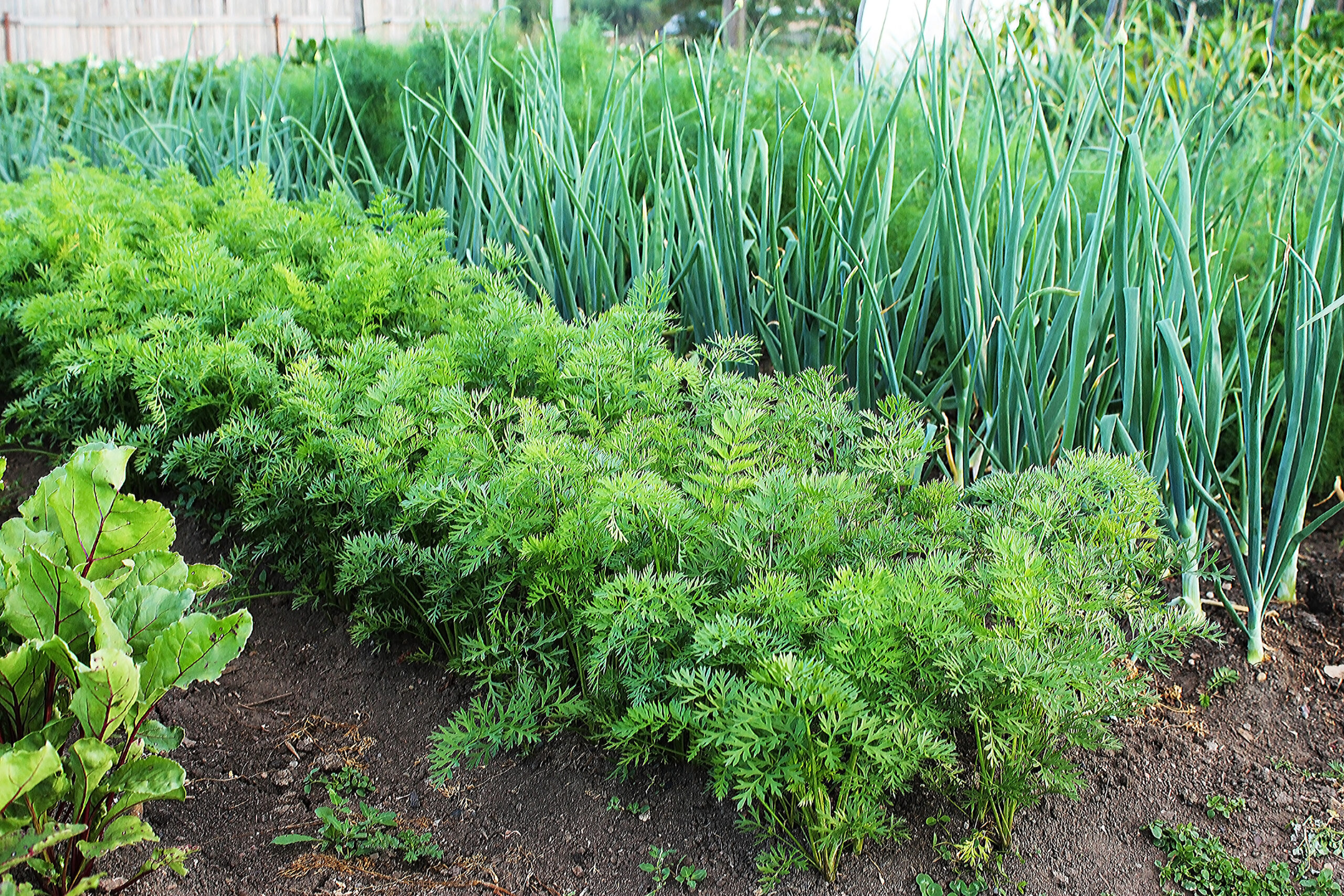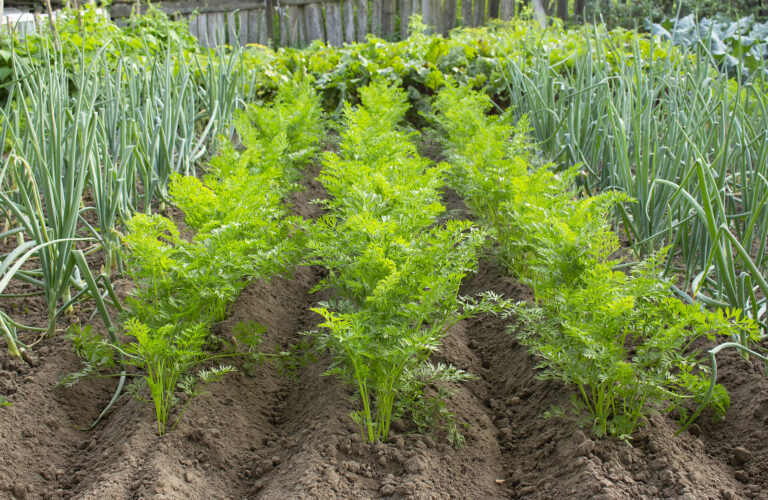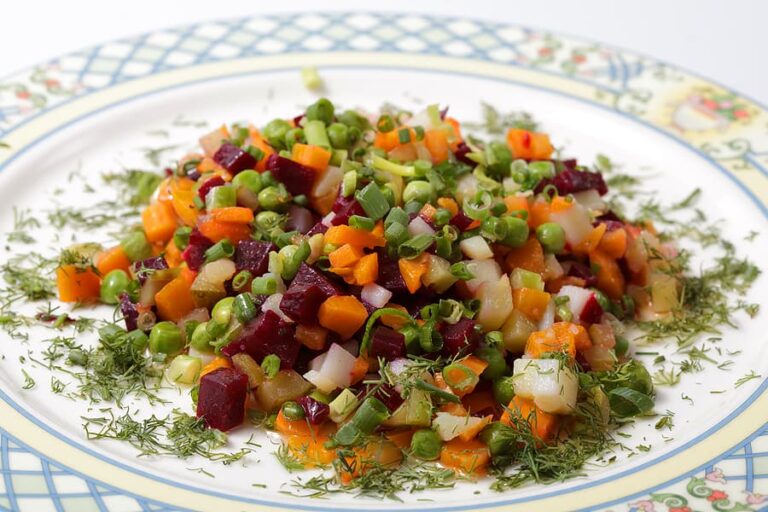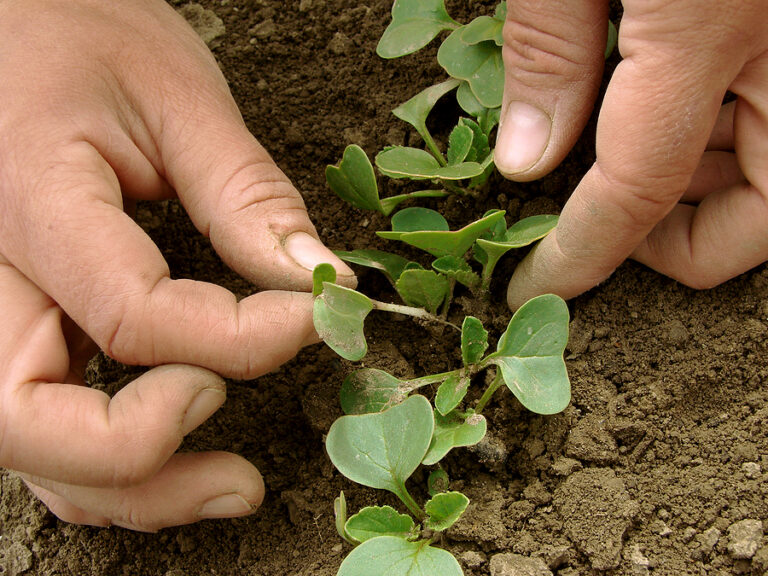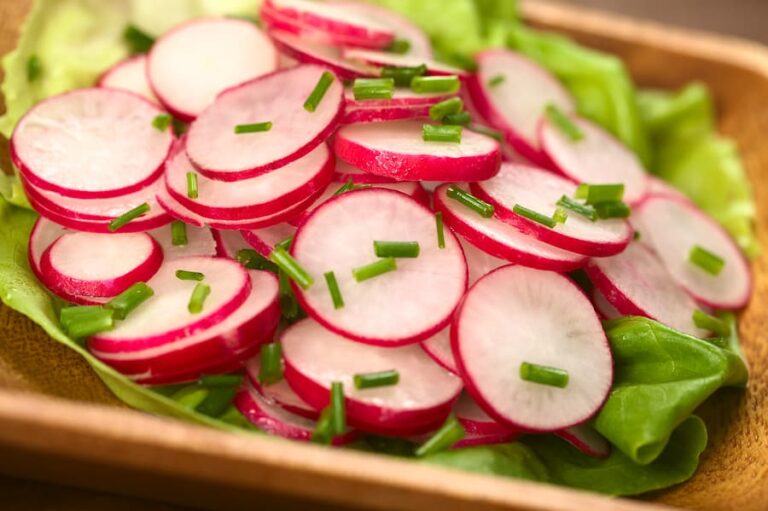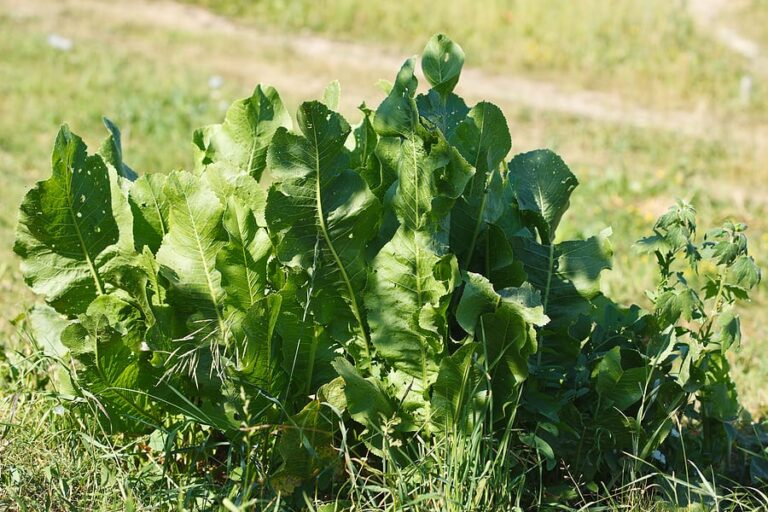Best Companion Plants for Beets (And What to Avoid)
Companion planting is a time-tested gardening method that pairs crops to improve growth, deter pests, and boost flavor. After more than 30 years of gardening in California’s Central Valley and Sonoma Valley, I’ve seen firsthand how the right plant neighbors can make a noticeable difference in beet harvests.
Why Companion Planting Matters for Beets
Beets benefit from companions that:
- Loosen soil for easier root growth
- Attract beneficial insects
- Provide shade for tender greens in summer
- Repel common pests like aphids and leaf miners
They can also be harmed by plants that compete for nutrients or release chemicals that slow beet growth.
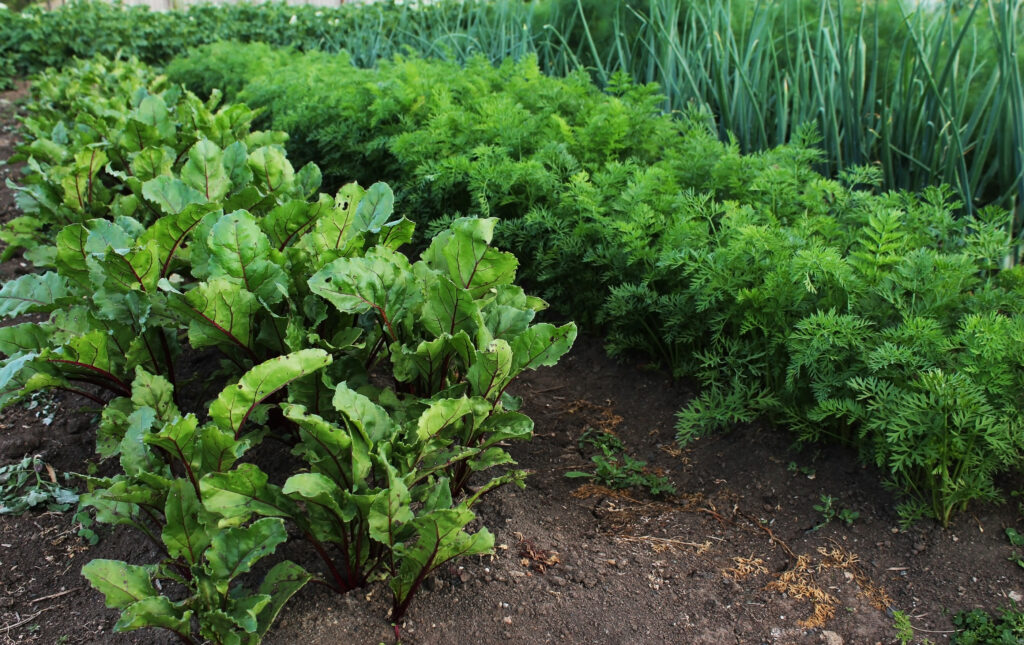
Best Companion Plants for Beets
1. Onions, Garlic, and Shallots
- Deter pests like aphids and certain beetle species.
- Fit neatly between beet rows.
2. Bush Beans
- Improve soil nitrogen levels, aiding leafy growth.
- Provide light shade in hot weather.
3. Lettuce and Spinach
- Grow quickly and don’t compete with beet roots.
- Help suppress weeds around beet seedlings.
4. Radishes
- Loosen soil as they grow, helping beets develop straight, smooth roots.
5. Cabbage Family (Broccoli, Kale, Brussels Sprouts)
- Pair well without nutrient conflict.
- Their leaves can help shelter young beets from strong sun.
Plants to Avoid Near Beets
1. Pole Beans
- Can stunt beet growth by competing for nutrients and space.
2. Field Mustard
- Releases chemicals that can inhibit beet germination.
3. Plants with Heavy Root Competition (e.g., corn)
- Demand more nutrients and water than beets can comfortably compete with.
My Experience in the Garden
In the Central Valley, I often plant beets between rows of onions and lettuce for pest control and efficient space use. In cooler Sonoma Valley gardens, pairing beets with bush beans has been effective for improving soil and giving the beet greens a slight shade during warm spells. Avoiding pole beans has been key—every time I’ve tried the combo, beet yields were noticeably smaller.
Quick Companion Planting Chart for Beets
| Good Companions | Benefits | Avoid Planting With | Why Avoid |
|---|---|---|---|
| Onions, Garlic, Shallots | Pest deterrent | Pole Beans | Nutrient competition |
| Bush Beans | Nitrogen boost | Field Mustard | Allelopathic chemicals |
| Lettuce, Spinach | Weed suppression, low competition | Corn | Heavy nutrient demand |
| Radishes | Soil loosening | ||
| Cabbage Family | Shade and compatibility |
Beets Growing Hub
Start here: Ultimate Guide to Growing Beets from Seed to Harvest
1. Getting Started (Timing, Planting, Varieties)
- When to Plant Beets: Timing by Season and Region
- Beets Seed Starting Tips
- Thinning and Spacing Beets for Better Roots
- Beet Varieties for Small Spaces and Containers
- Best Beet Varieties for Sweet Flavor and Tender Texture
2. Growing & Care
- Best Companion Plants for Beets (And What to Avoid)
- How to Fertilize Beets for Root and Leaf Growth
- How Much Water Do Beets Need? A Watering Guide
- How to Grow Beets in Raised Beds and Containers
- Growing Beets in Hot Weather: Challenges and Solutions
- Succession Planting Beets for a Continuous Harvest
3. Problems & Troubleshooting
- Why Are My Beets Not Forming Roots? Common Growing Problems Solved
- Beets and Swiss Chard Growing Problems: Troubleshooting
4. Harvest, Storage & Kitchen Use
- How and When to Harvest Beets for Best Flavor
- How to Harvest and Store Beets
- Seven Ways to Cook and Serve Beets

